Category: Speech Therapy Techniques
-

Your physical health is essential for your speech development. Good nutrition, like eating plenty of fruits, vegetables, and Omega-3-rich foods, helps your brain function well. Staying active improves your attention and encourages communication skills through play. Adequate sleep boosts memory, which is critical for learning new words and improving speech clarity. When your body gets…
-
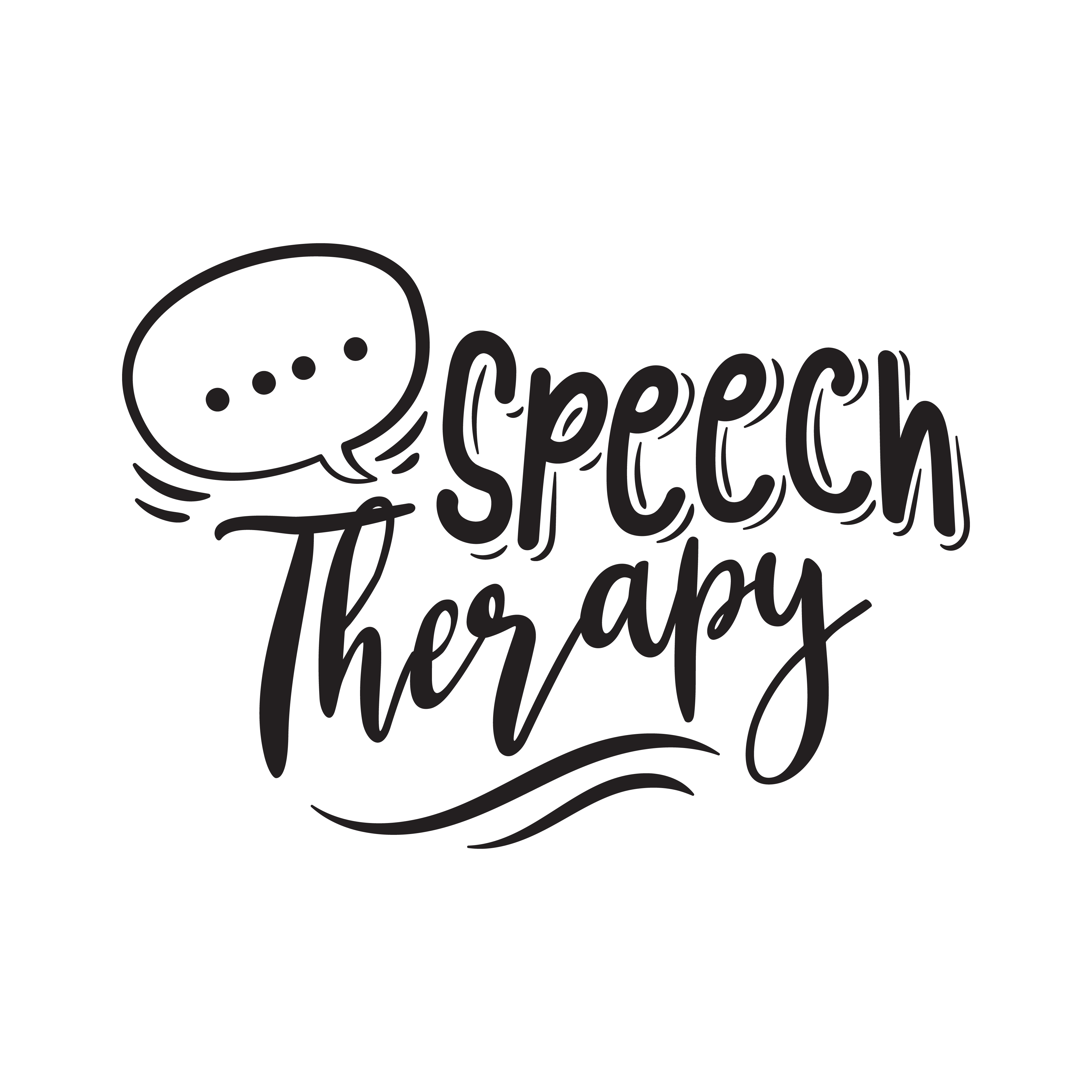
Effective speech therapy techniques can help you support children’s communication development. Start with articulation therapy to improve speech clarity, and use language intervention methods like storytelling and word games to boost vocabulary. Incorporating fun activities, such as silly sounds or songs, makes learning enjoyable. Encourage open-ended questions to foster critical thinking and longer responses. Modeling…
-
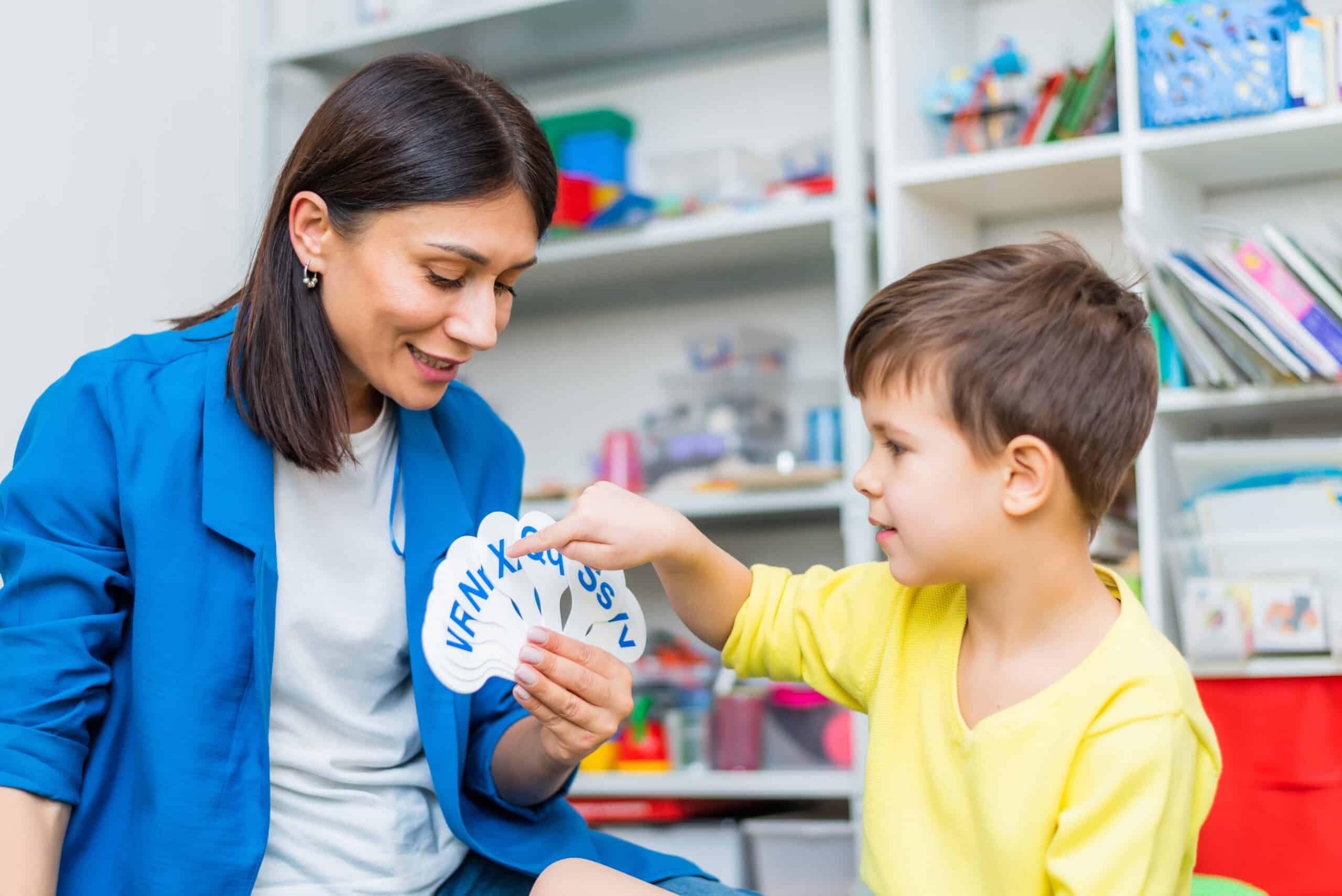
To conduct a thorough speech sound error analysis, start by evaluating the child’s speech using standardized tests and informal observations. Identify error patterns, including substitutions, omissions, additions, and distortions, to understand their phonological processes. Utilize the Shriberg and Kwiatkowski framework, which categorizes these errors, and the International Phonetic Alphabet for accurate transcription. Choose between sound-based and system-based analyses to assess…
-
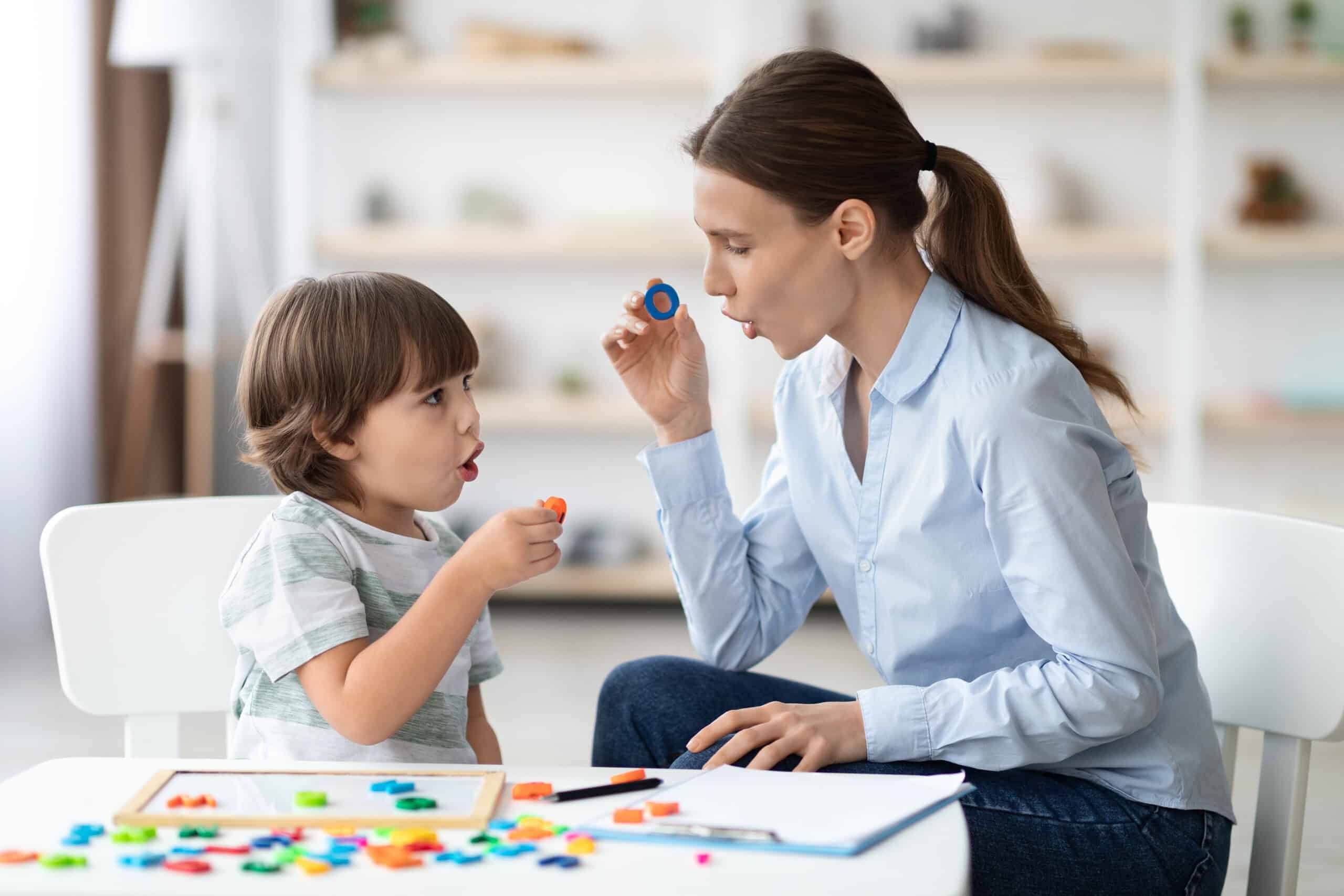
To boost phonological awareness in children, engage them in fun activities that focus on sound recognition and manipulation. Rhyming games, such as identifying rhyming words or reading rhyming books, can enhance auditory skills. Encourage syllable clapping during songs and rhymes to improve segmenting abilities. Additionally, sound matching exercises, like “Sound Bingo,” promote phoneme awareness. Parents and teachers should also create a supportive…
-

While silence can feel heavy, the playful chatter of children offers a vibrant contrast. You might not realize how something as simple as mirror play can greatly impact your child’s communication skills. By engaging with their own reflections, kids not only learn to articulate sounds but also begin to understand the emotions tied to facial…
-
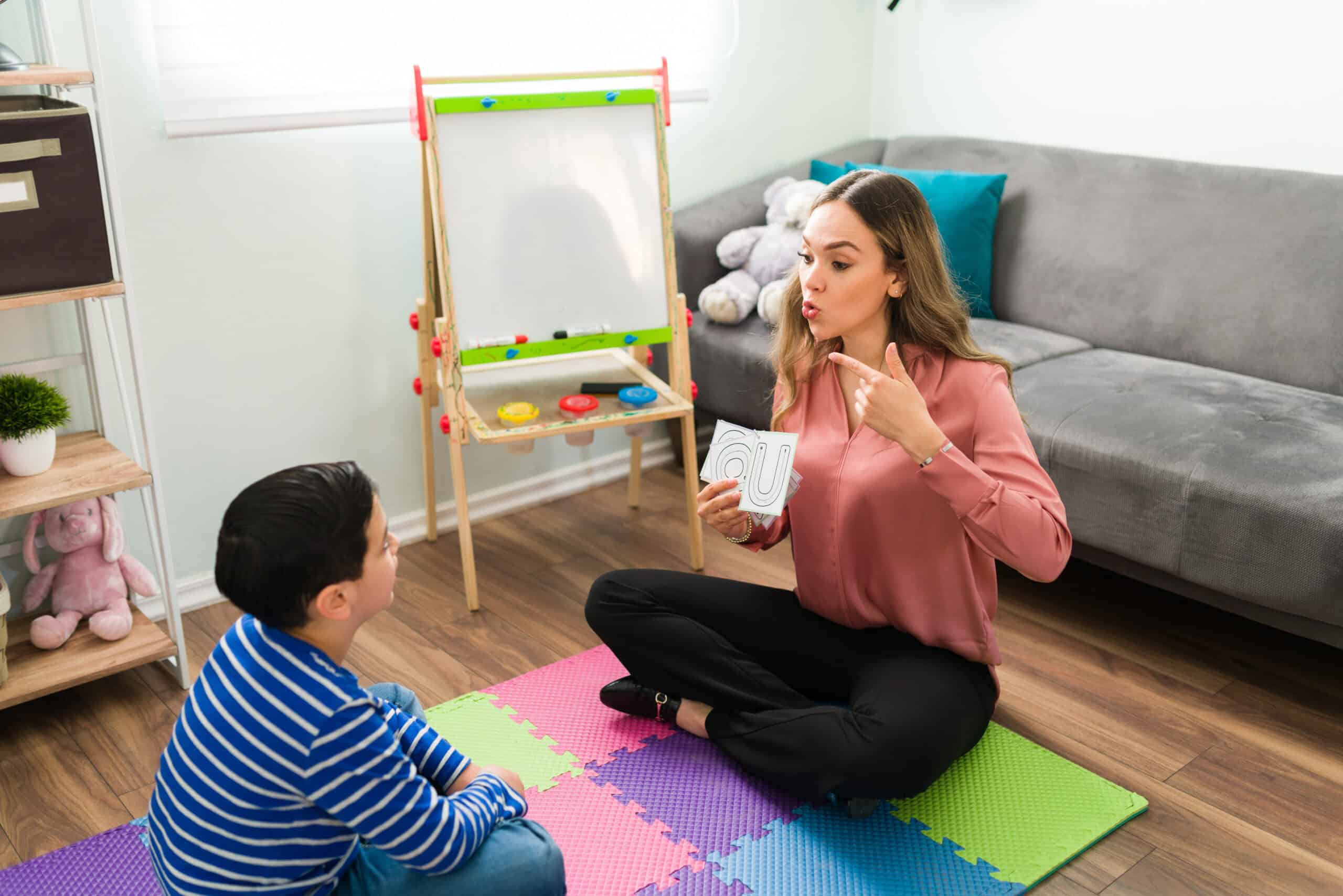
You might think that improving speech clarity requires tedious drills, but playful lip and tongue tricks can make the process enjoyable and effective. By incorporating fun activities, you can strengthen your oral motor skills while keeping motivation high. Techniques like forming a “fish face” or using a mirror for feedback can transform routine practice into…
-
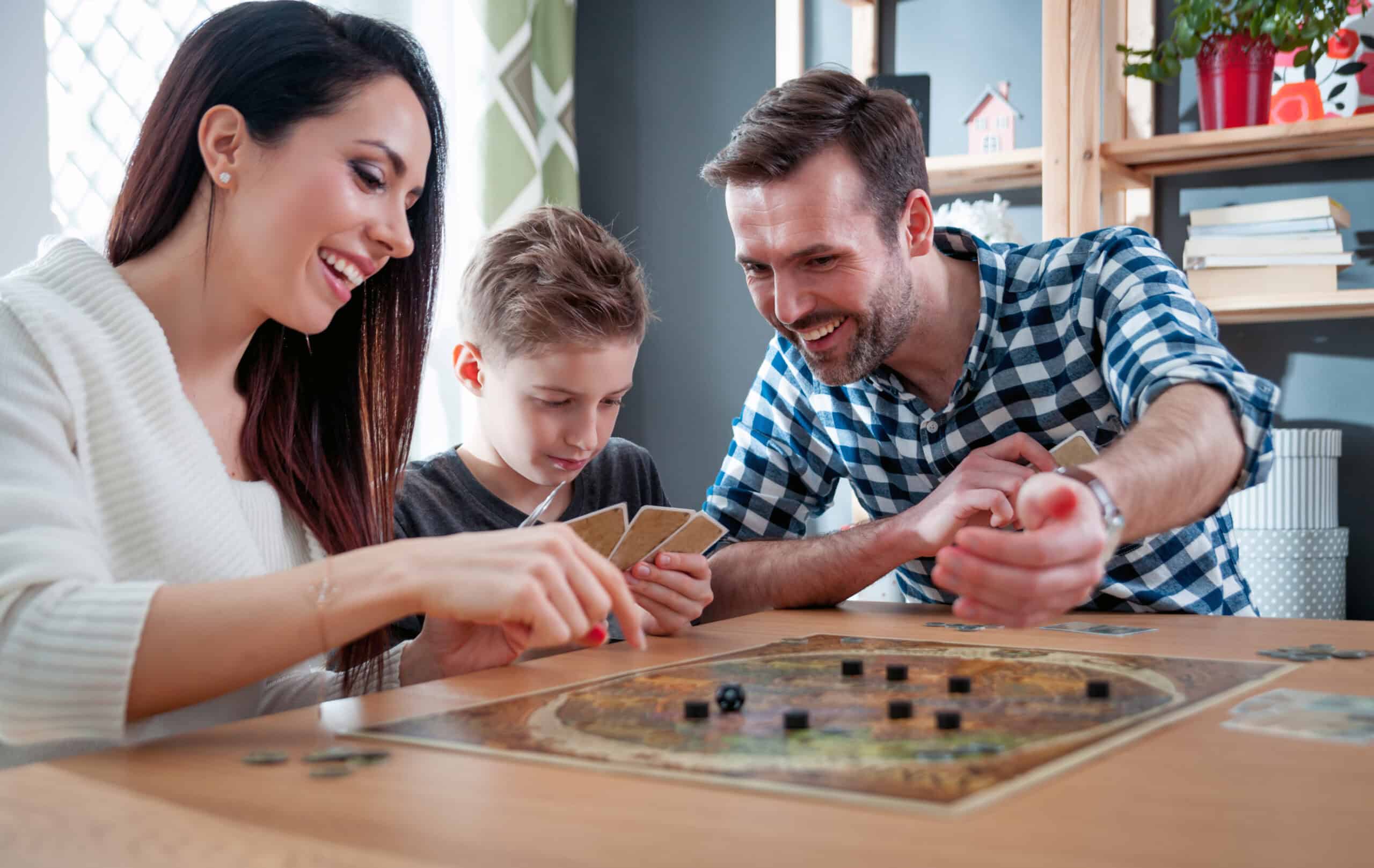
You might not realize that tongue twisters can greatly improve a child’s speech clarity and confidence. These playful phrases not only challenge articulation but also keep young learners engaged and entertained. By incorporating silly tongue twisters into practice sessions, you can create an enjoyable learning environment that fosters both skill development and laughter. Curious about…
-

Phonological awareness is a fundamental skill that plays an essential role in a child’s language development, particularly in their ability to differentiate between similar sounds. Employing practical techniques such as minimal pairs and various structured approaches can greatly enhance this skill. These methods not only foster better auditory discrimination but also contribute to a child’s overall communication abilities. As we…
-

Helping your child speak naturally doesn’t have to be an intimidating task. You can easily incorporate techniques that encourage their verbal skills while creating a supportive environment. By fostering language-rich spaces and engaging in playful interactions, you’ll see significant improvements in their communication abilities. However, understanding the nuances of these practices is essential for effective…
-

Essential phonetic placement techniques are integral for speech-language pathologists (SLPs) in addressing speech sound disorders. This approach emphasizes precise articulatory placements of the tongue, lips, and teeth to enhance correct sound production. Techniques such as mirror work, tactile feedback methods, and auditory cues are critical. For example, clinicians may guide clients in the production of /s/ and /r/ by demonstrating proper…
